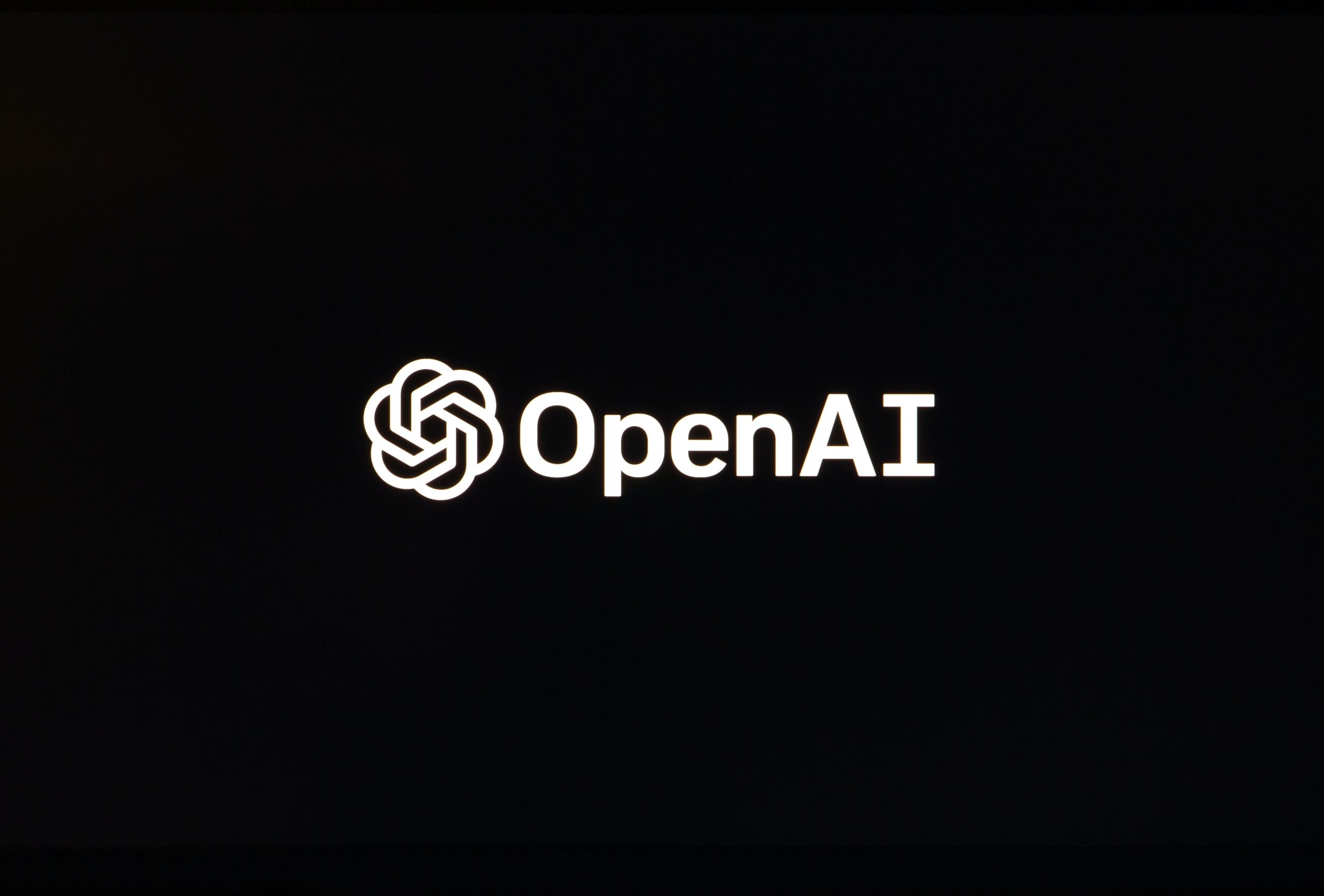Table of Contents
Are you struggling to keep up with your business’s rapidly evolving technology landscape? You’re not alone. Artificial intelligence (AI) has the potential to revolutionize your operations, but not every organization has the resources to invest in costly AI development projects.
That’s where Open AI’s Foundry comes in. This innovative platform can help you unlock the full potential of AI in your business without investing in building it from scratch. In this blog post, we’ll explore how OpenAI Foundry can help you create new products, improve existing services, and optimize operations by leveraging AI capabilities.
So, if you’re ready to take your business to the next level, let’s dive in!
What is OpenAI Foundry?
OpenAI is facing numerous rising competitors on all fronts. One example is Google Bard, Google’s counter to ChatGPT.
In response to all the mounting competition, OpenAI has secretly released a new platform called Foundry. Foundry allows customers to run advanced machine learning models in a dedicated capacity. In addition, users with early access shared Screenshots of the documentation on Twitter, revealing that Foundry is designed for customers running larger workloads.
We can break down the features in a more understandable way.
What Can Foundry Do?
Some features that were leaked include:
- Inference at scale: Foundry allows customers to perform inference at scale with complete control over the model configuration and performance profile.
- Static allocation of capacity: Foundry provides a static allocation of capacity dedicated to a specific customer, providing a predictable environment that the customer controls.
- Monitoring tools: Customers can monitor specific instances using the tools and dashboards that OpenAI uses to build and optimize models.
- Version control: Customers have control over the exact snapshot of their model, deciding if and whether to use the latest model snapshot. Foundry will also offer more robust fine-tuning options for OpenAI’s latest models.
- SLAs and support: Foundry offers service-level agreements (SLAs) for instance uptime and on-call engineering support for customers. The uptime guarantee is 99.5%.
- Rentals based on dedicated compute units: Foundry rentals are based on dedicated compute units with 3-month or 1-year commitments. Running an individual model instance requires a specific number of compute units.
- Expensive pricing: Running a lightweight version of GPT-3.5 through OpenAI Foundry costs $78,000 for a three-month commitment or $264,000 for a one-year commitment.
OpenAI Foundry is like having your special kitchen in a restaurant
For people confused about the features, we broke it down into a metaphor everyone could understand.
- You can cook a lot of food (inference at scale) and choose how it’s cooked (model configuration and performance profile).
- Your kitchen is always reserved just for you (static allocation of capacity). So, you can watch how your food is cooking (monitoring tools) just like the chefs in a kitchen.
- You also get to control the recipe. You know when to use the latest version (version control). You can even make changes to it (more robust fine-tuning options).
- If anything goes wrong, the restaurant guarantees that your kitchen will work 99.5% of the time (SLAs) and has chefs on standby to help you (on-call engineering support).
- To use your unique kitchen, you must rent it (rentals based on dedicated computer units) for at least three months or a year.
- If you want to cook more food, you’ll need more kitchens (running an individual model instance requires a specific number of compute units).
- For customers who need to cook a lot of food and want complete control over their cooking, OpenAI Foundry can be a helpful tool.

How Might Your Business Use Foundry
Knowing the features of a new technology is just one piece of the puzzle; it’s equally important to understand its potential applications. Here are some potential applications of OpenAI Foundry that can help businesses make more informed decisions, improve their products and services, and ultimately gain a competitive advantage.
- Natural Language Processing (NLP): Foundry can be used to develop and deploy custom NLP models to automate tasks such as customer service, chatbots, and sentiment analysis.
- Personalization: By utilizing Foundry’s capabilities, businesses can create personalized customer experiences based on individual preferences, purchasing history, and other data points.
- Fraud Detection: Foundry can be used to develop machine learning models that can identify fraudulent transactions and alert the business in real time.
- Image and Video Recognition: Foundry can be used to develop and deploy custom models for image and video recognition tasks. These tasks include object recognition, facial recognition, and emotion detection.
- Predictive Analytics: Foundry can be used to develop predictive analytics models to forecast business outcomes, such as sales projections, demand forecasting, and supply chain optimization.
- Healthcare: Foundry can be utilized to develop custom models for medical image analysis, drug discovery, and disease diagnosis.
Foundry Pricing
OpenAI Foundry’s pricing is based on dedicated compute units, which measure the computing power required to run a specific machine learning model. For example, GPT Turbo requires 100 units per instance, while DV (9k max-content) requires 300 units per instance, and DV (32k max-content) requires 600 units per instance.
However, the pricing is also based on a commitment of either 3 months or 1 year, with a higher monthly price for shorter commitments. For example, running GPT Turbo for 3 months will cost $26,000, while committing to a full year will lower the cost to $22,000.
The price per unit is $260 per month for a 3-month commitment and $220 per month for a 1-year commitment. The 8k max-content refers to the maximum amount of text input the model can process without impacting the pricing.
(GPT-3.5 Turbo appears to be referring to the ChatGPT Turbo model)
Expanded product brief and full source: https://t.co/GhBlSOR0ZA pic.twitter.com/FL0r4uCEiR
— Travis Fischer (@transitive_bs) February 21, 2023
- “Unit” refers to the computing power needed to run a specific model instance.
- “Price per unit” refers to the cost per unit of computing power.
- “instance” refers to a specific configuration of a machine learning model run on OpenAI Foundry.
- “Units per instance” refers to the number of computing units required to run a single model instance.
- “8k max-content” and “32k max content” refer to a given language model’s maximum context window size. This means the amount of text the model considers before generating additional text. A longer context window allows the model to “remember” more text.
Conclusion
OpenAI Foundry allows businesses to leverage the power of advanced artificial intelligence models without costly development projects. With Foundry, businesses can access dedicated computing resources and control their AI models’ configuration and performance. Businesses can even benefit from service-level agreements for uptime and support.
From a marketer’s perspective, Foundry has the potential to automate tasks like Ad buying, and writing short or long-form content. We have more areas where AI intersects with Marketing here.
While pricing may be a concern for some, the flexibility of committing to a 3-month or 1-year plan and the ability to control the computing power needed for a specific model instance can help mitigate costs. Overall, OpenAI Foundry is a promising tool for businesses looking to incorporate AI capabilities into their operations.
























